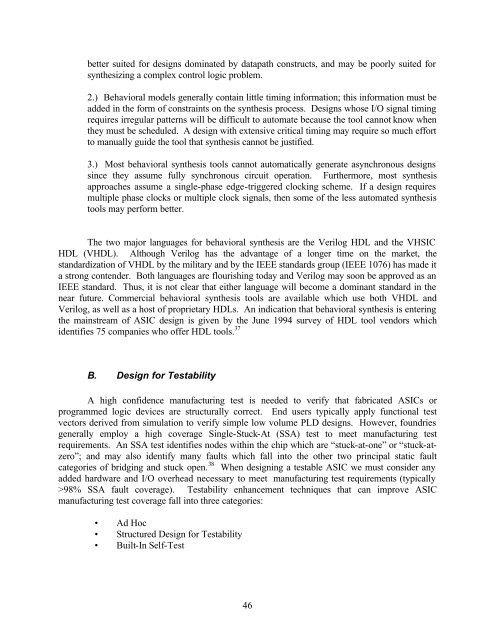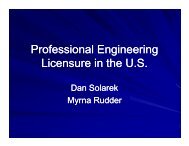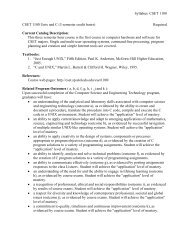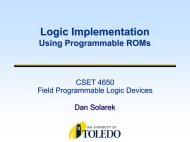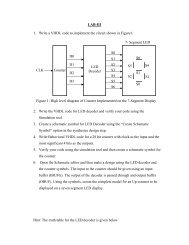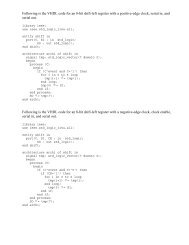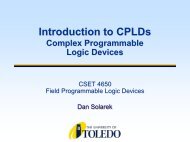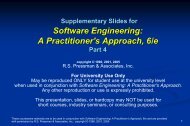Programmable Logic and Application Specific Integrated Circuits
Programmable Logic and Application Specific Integrated Circuits
Programmable Logic and Application Specific Integrated Circuits
Create successful ePaper yourself
Turn your PDF publications into a flip-book with our unique Google optimized e-Paper software.
etter suited for designs dominated by datapath constructs, <strong>and</strong> may be poorly suited for<br />
synthesizing a complex control logic problem.<br />
2.) Behavioral models generally contain little timing information; this information must be<br />
added in the form of constraints on the synthesis process. Designs whose I/O signal timing<br />
requires irregular patterns will be difficult to automate because the tool cannot know when<br />
they must be scheduled. A design with extensive critical timing may require so much effort<br />
to manually guide the tool that synthesis cannot be justified.<br />
3.) Most behavioral synthesis tools cannot automatically generate asynchronous designs<br />
since they assume fully synchronous circuit operation. Furthermore, most synthesis<br />
approaches assume a single-phase edge-triggered clocking scheme. If a design requires<br />
multiple phase clocks or multiple clock signals, then some of the less automated synthesis<br />
tools may perform better.<br />
The two major languages for behavioral synthesis are the Verilog HDL <strong>and</strong> the VHSIC<br />
HDL (VHDL). Although Verilog has the advantage of a longer time on the market, the<br />
st<strong>and</strong>ardization of VHDL by the military <strong>and</strong> by the IEEE st<strong>and</strong>ards group (IEEE 1076) has made it<br />
a strong contender. Both languages are flourishing today <strong>and</strong> Verilog may soon be approved as an<br />
IEEE st<strong>and</strong>ard. Thus, it is not clear that either language will become a dominant st<strong>and</strong>ard in the<br />
near future. Commercial behavioral synthesis tools are available which use both VHDL <strong>and</strong><br />
Verilog, as well as a host of proprietary HDLs. An indication that behavioral synthesis is entering<br />
the mainstream of ASIC design is given by the June 1994 survey of HDL tool vendors which<br />
identifies 75 companies who offer HDL tools. 37<br />
B. Design for Testability<br />
A high confidence manufacturing test is needed to verify that fabricated ASICs or<br />
programmed logic devices are structurally correct. End users typically apply functional test<br />
vectors derived from simulation to verify simple low volume PLD designs. However, foundries<br />
generally employ a high coverage Single-Stuck-At (SSA) test to meet manufacturing test<br />
requirements. An SSA test identifies nodes within the chip which are “stuck-at-one” or “stuck-atzero”;<br />
<strong>and</strong> may also identify many faults which fall into the other two principal static fault<br />
categories of bridging <strong>and</strong> stuck open. 38 When designing a testable ASIC we must consider any<br />
added hardware <strong>and</strong> I/O overhead necessary to meet manufacturing test requirements (typically<br />
>98% SSA fault coverage). Testability enhancement techniques that can improve ASIC<br />
manufacturing test coverage fall into three categories:<br />
• Ad Hoc<br />
• Structured Design for Testability<br />
• Built-In Self-Test<br />
46


